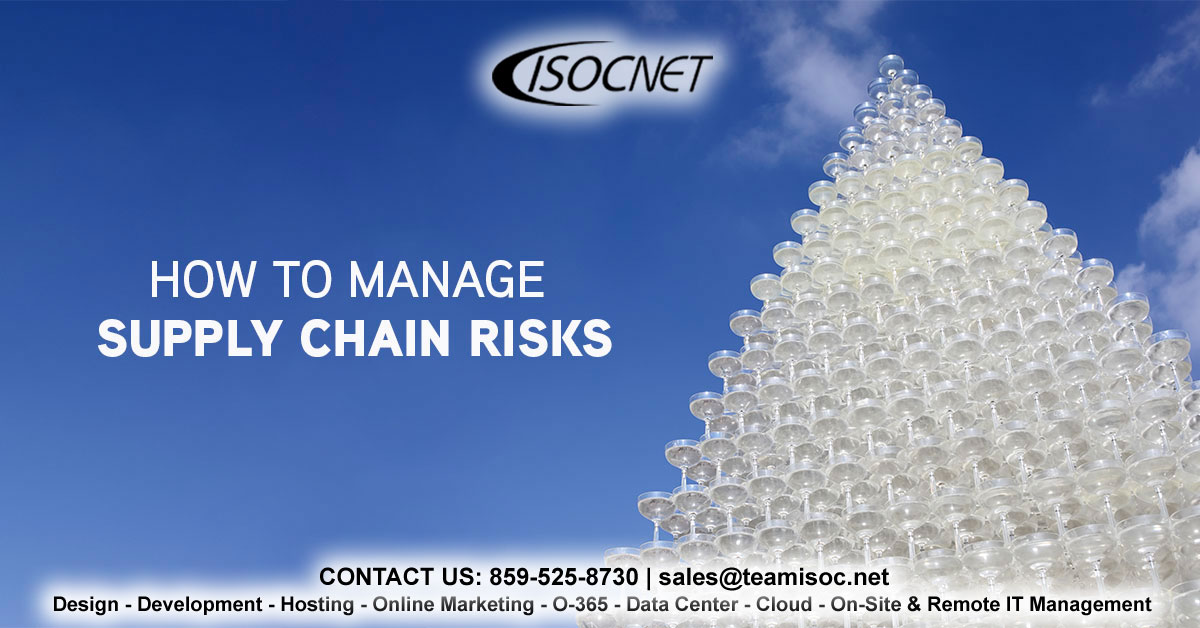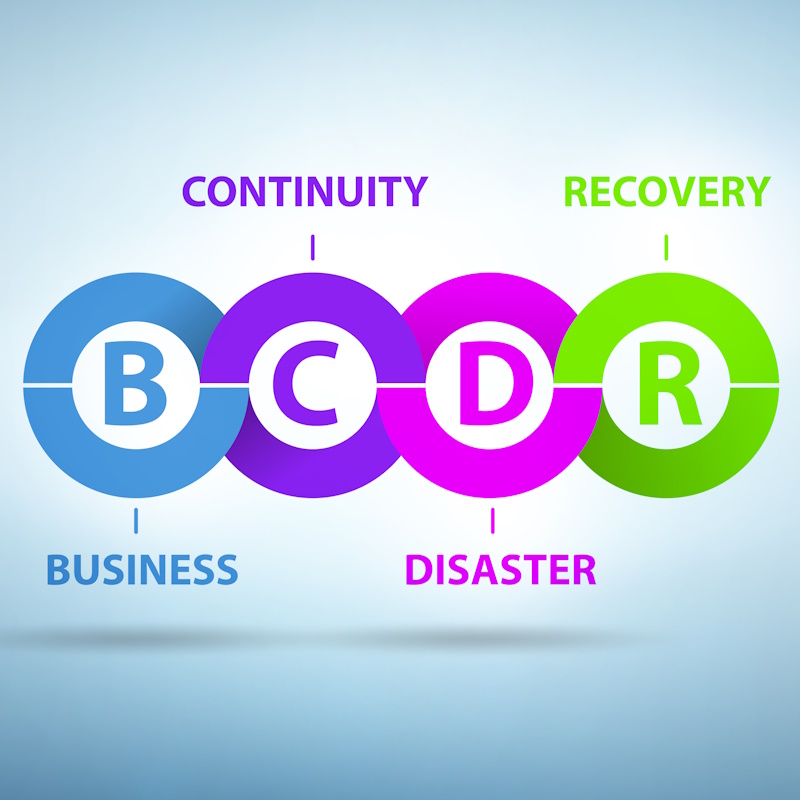Recent Posts
Categories

Small businesses and IT professionals are facing an increasingly complex and challenging landscape when it comes to managing supply chain IT risks. With the rise of technology and the increasing reliance on digital systems, the risk of data breaches, cyber attacks, and other security incidents has become a major concern for organizations of all sizes.
However, with the right approach and tools, small businesses and IT professionals can effectively manage these risks and keep their supply chains secure. This blog will outline four key strategies for reducing the risk of IT incidents in the supply chain, including governance, compliance, cyber security, and data security standards.
Governance
One of the most important steps in reducing supply chain IT risks is to establish a strong governance structure. This includes defining clear roles and responsibilities for each member of the supply chain and establishing processes for communication and decision-making.
Having a strong governance structure can help ensure that everyone in the supply chain is working together to manage risks effectively and that key decisions are made in a timely and efficient manner. This structure can also help ensure that all members of the supply chain are aware of their obligations and are held accountable for any incidents or breaches.
Compliance
Another key strategy for reducing supply chain IT risks is to take compliance seriously. This means staying up-to-date with industry regulations and standards, such as the Payment Card Industry Data Security Standard (PCI DSS), the Health Insurance Portability and Accountability Act (HIPAA), and the General Data Protection Regulation (GDPR).
By adhering to these standards and regulations, small businesses and IT professionals can ensure that they are following best practices for protecting sensitive information and minimizing the risk of data breaches. Additionally, being in compliance with industry standards can also help organizations avoid legal penalties and reputational damage.
Cyber Security
Cyber security is another critical area for reducing supply chain IT risks. Small businesses and IT professionals can implement a number of measures to improve the security of their systems, such as deploying firewalls, using encryption, and conducting regular security audits.
It is also important to educate employees on cyber security best practices, such as avoiding phishing scams and not sharing passwords or other sensitive information. By implementing strong cyber security measures and training employees, organizations can greatly reduce the risk of cyber attacks and other security incidents.
Data Security Standards
Finally, small businesses and IT professionals should enforce data security standards to minimize the risk of data breaches and other security incidents. This includes implementing access controls, such as two-factor authentication, and regularly backing up data to ensure that important information can be recovered in the event of a breach.
Organizations should also regularly review their data security policies and procedures to ensure that they are up-to-date and in line with best practices. This includes conducting regular security assessments and penetration testing to identify and address any vulnerabilities in the system.
In conclusion, reducing supply chain IT risks requires a comprehensive approach that involves governance, compliance, cyber security, and data security standards. By implementing these strategies, small businesses and IT professionals can effectively manage these risks and keep their supply chains secure. By taking these steps, organizations can not only protect sensitive information but also improve their overall security posture and minimize the risk of data breaches, cyber attacks, and other security incidents.



